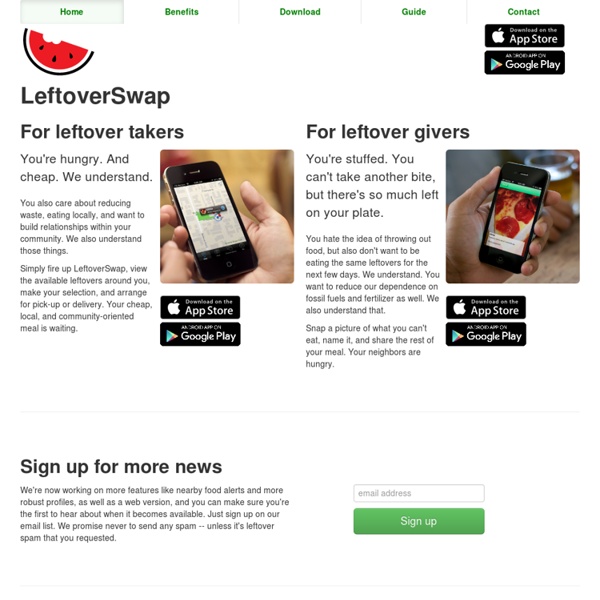



Gardeners Sharing Their Harvest With A Community Food Pantry Welcome to Guerrilla Grafters Compost Guy | Turning Wastes Into Resources Jobs Available at Food Tank Duration: PART-TIME (20 hours/week) Start Date: Immediate. CHICAGO based applicants only please. Position Summary: This internship with Food Tank is a unique and exciting opportunity to support and participate in research that drives health, nutrition, and environmental policy. The intern will work closely with Food Tank staff on the following: writing articles for major blogs, newspapers, websites, and magazines, researching and developing content for projects and the Food Tank website; research and fact-checking; and assisting in writing and outreach that will contribute to and help to promote the ongoing mission of Food Tank. The ideal candidate will have: Excellent writing and communication skills, preferably experience reporting on issues for newspapers, journals, and other publications. To apply, please send a resume, cover letter and writing sample to Danielle Nierenberg at danielle@foodtank.com with “Food Tank Paid Internship” in the subject line.
Global food - Waste not, want not | Institution of Mechanical Engineers Feeding the 9 Billion: The tragedy of waste By 2075, the United Nations’ mid-range projection for global population growth predicts that human numbers will peak at about 9.5 billion people. This means that there could be an extra three billion mouths to feed by the end of the century, a period in which substantial changes are anticipated in the wealth, calorific intake and dietary preferences of people in developing countries across the world. Such a projection presents mankind with wide-ranging social, economic, environmental and political issues that need to be addressed today to ensure a sustainable future for all. One key issue is how to produce more food in a world of finite resources. Today, we produce about four billion metric tonnes of food per annum. Read the Global Food report [PDF, 1MB] Where Food Waste Happens Fully developed, mature, post-industrial societies, such as those in Europe, characterised by stable or declining populations which are increasing in age. Water Usage 1.
Virtual Water - Discover how much WATER we EAT everyday The good news is that each one of us can also make the world a little more water secure, ready to face the needs of our peak population future. How? The answer lies in our shopping baskets. The amount of meat in our diet is crucial! The type of meat we consume is crucial! The food we waste is crucial! So, do not forget: one meat-free-day a week choose meat raised on grass do not waste food At This Free Food Festival, All The Ingredients Are Food Waste At the Feeding the 5000 food festival in New York City, the first thing people walking by may notice is that all the food is free. It isn't obvious, though, that all the offerings are made from food waste. A torte is made with trimmings and peelings from a food distributor; a "quick pickle salad" is made with surplus greens and vegetables. "I like the idea of changing people's habits and minds through pleasure and hedonism and enjoyment," says Barber. Feedback, an environmental organization focused on ending food waste, has hosted similar day-long festivals in Paris, Amsterdam, and other cities in Europe and Australia. Barber sees the festival as a way to showcase something that chefs already tend to do more than home cooks: making use of leftover scraps. "Dishes that speak to bringing the pieces together of what we might consider waste, like offcuts of meat or discarded vegetables, are really the basis of all the great cuisines of the world," says Barber.
Half of all US food produce is thrown away, new research suggests | Environment Americans throw away almost as much food as they eat because of a “cult of perfection”, deepening hunger and poverty, and inflicting a heavy toll on the environment. Vast quantities of fresh produce grown in the US are left in the field to rot, fed to livestock or hauled directly from the field to landfill, because of unrealistic and unyielding cosmetic standards, according to official data and interviews with dozens of farmers, packers, truckers, researchers, campaigners and government officials. From the fields and orchards of California to the population centres of the east coast, farmers and others on the food distribution chain say high-value and nutritious food is being sacrificed to retailers’ demand for unattainable perfection. “It’s all about blemish-free produce,” says Jay Johnson, who ships fresh fruit and vegetables from North Carolina and central Florida. Food waste is often described as a “farm-to-fork” problem. But that is just a “downstream” measure.